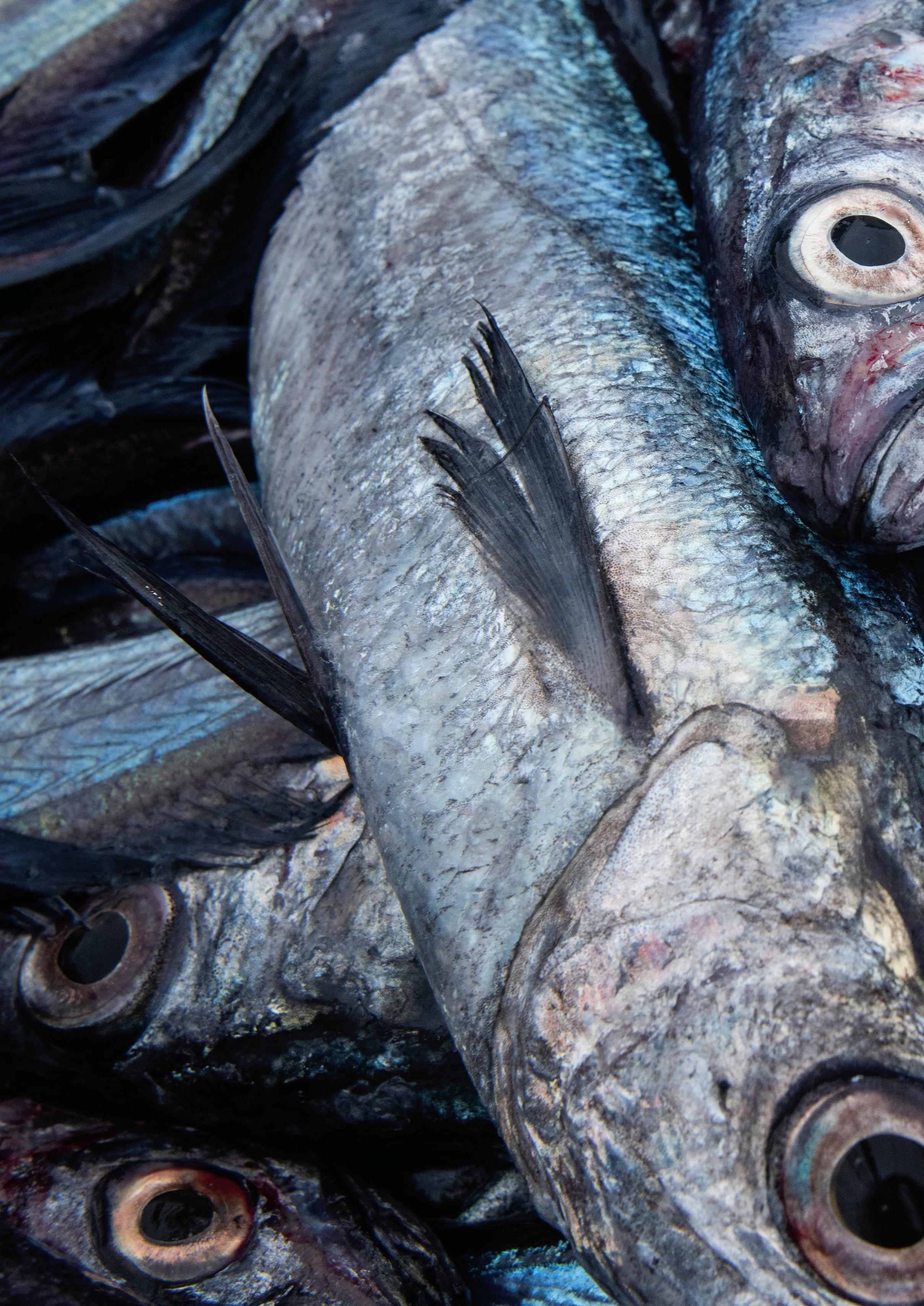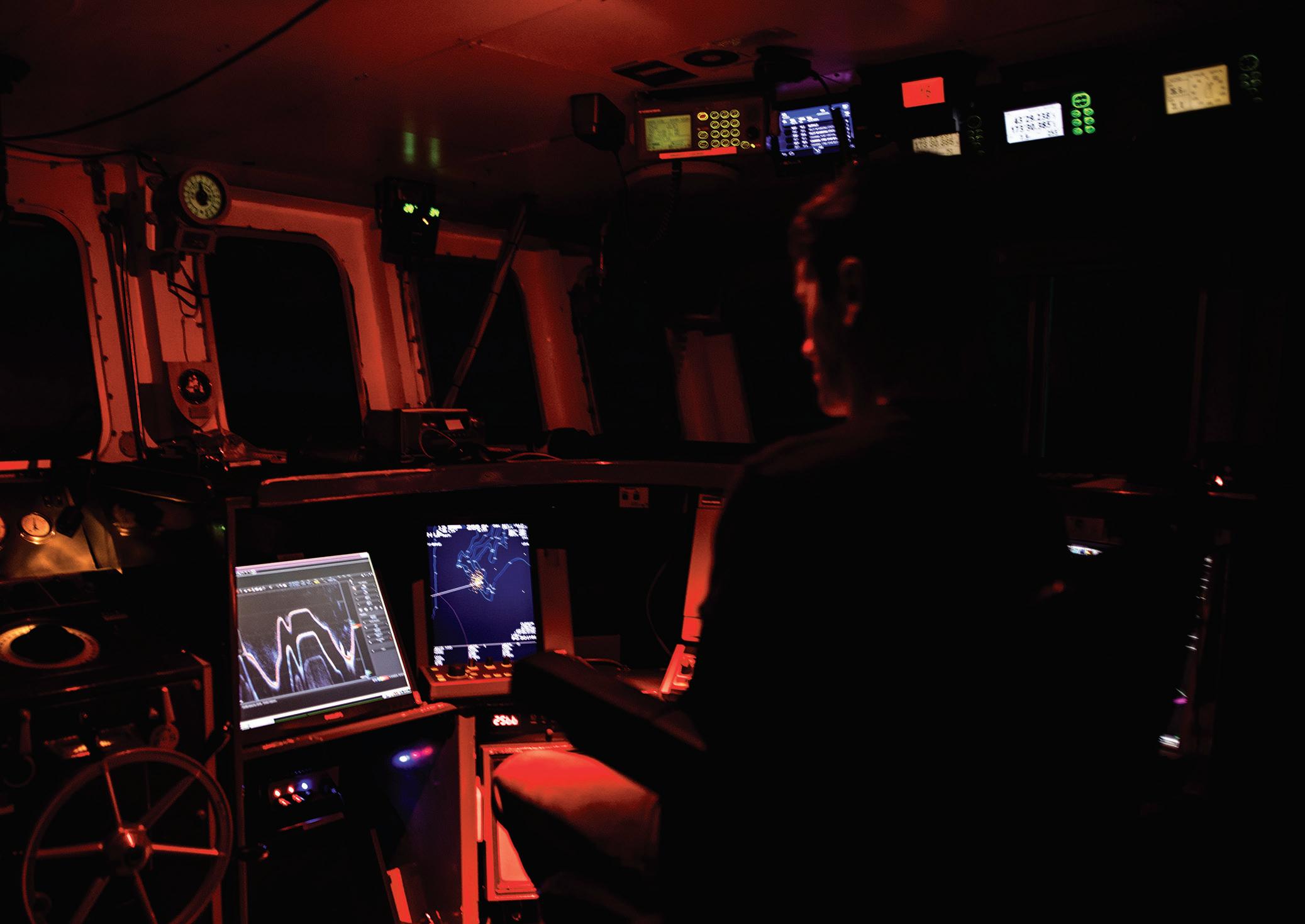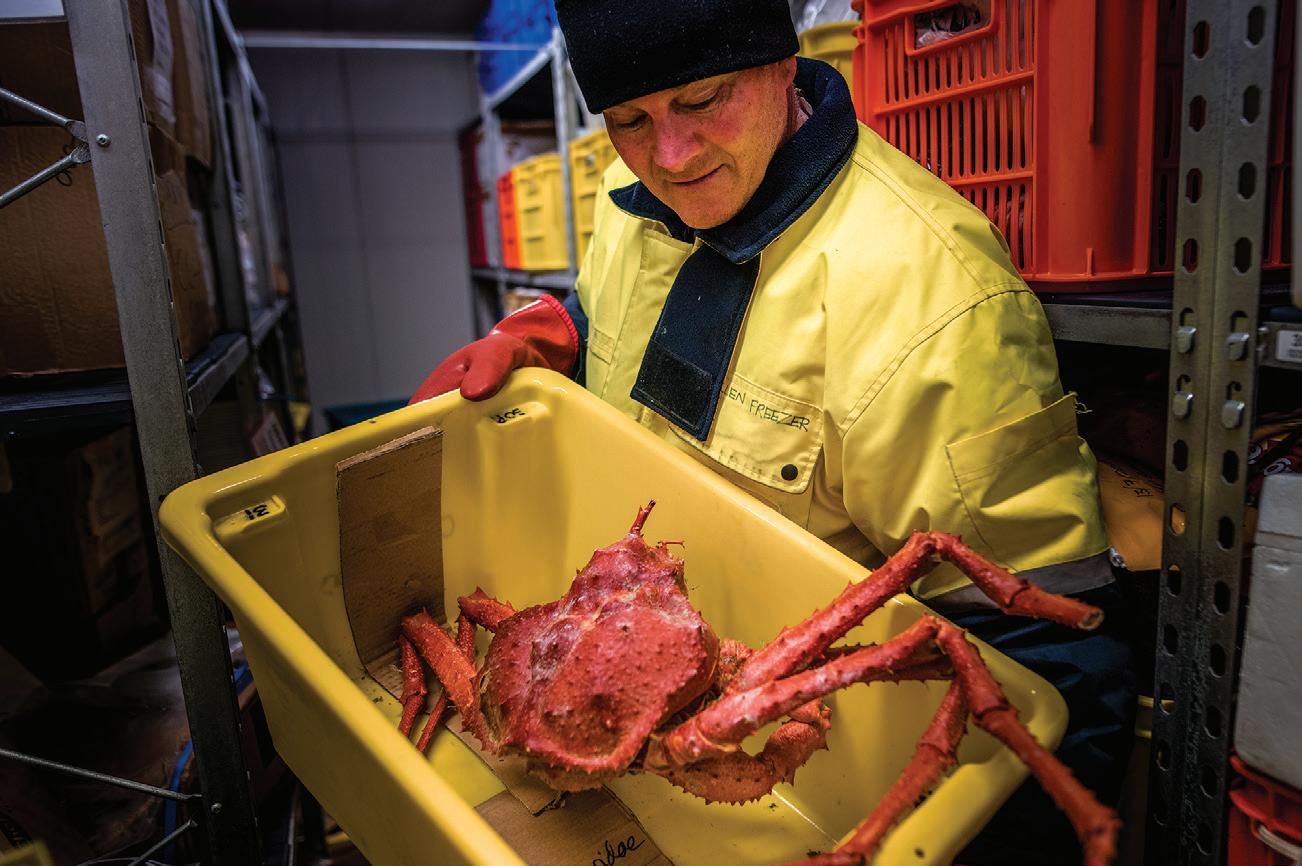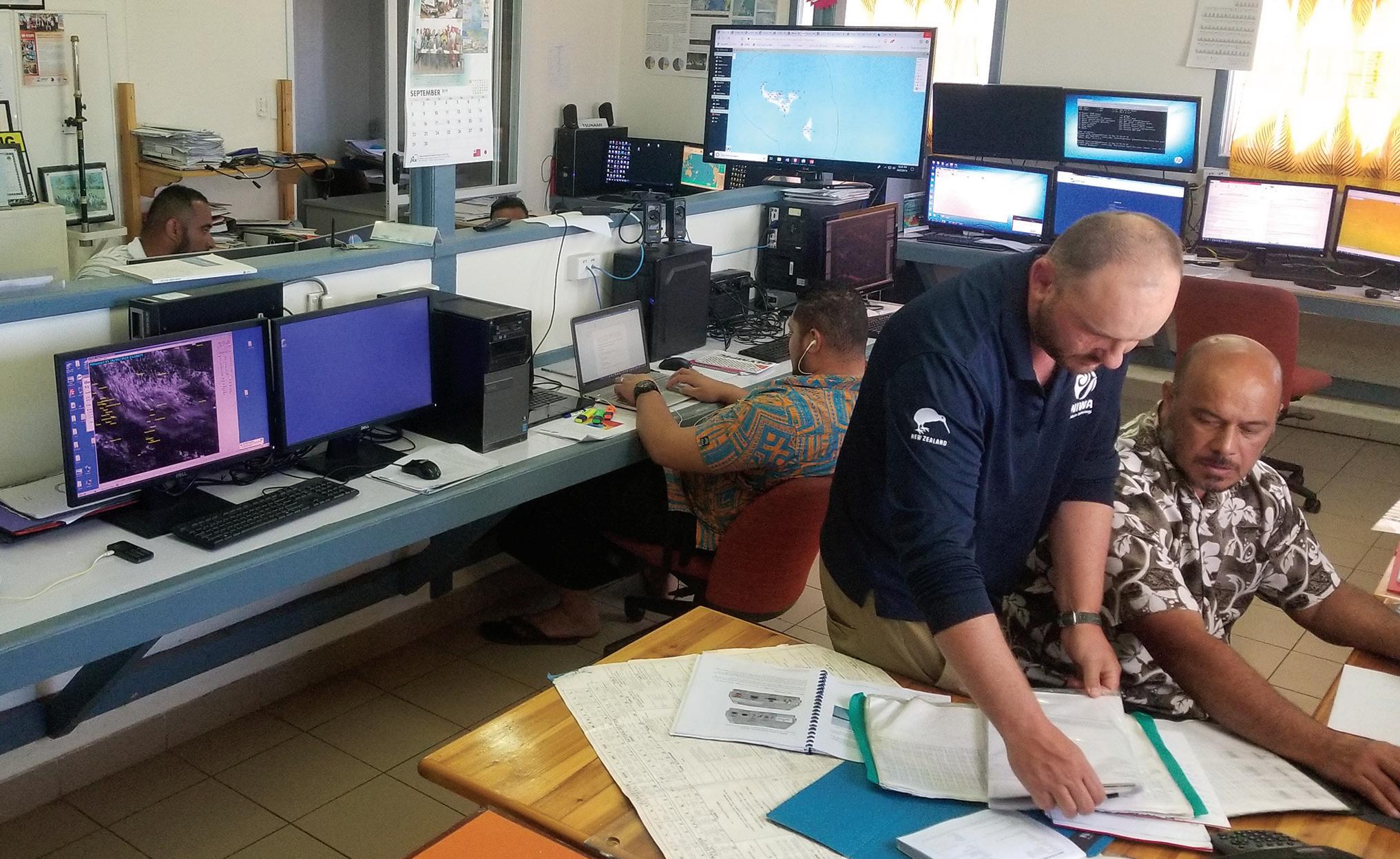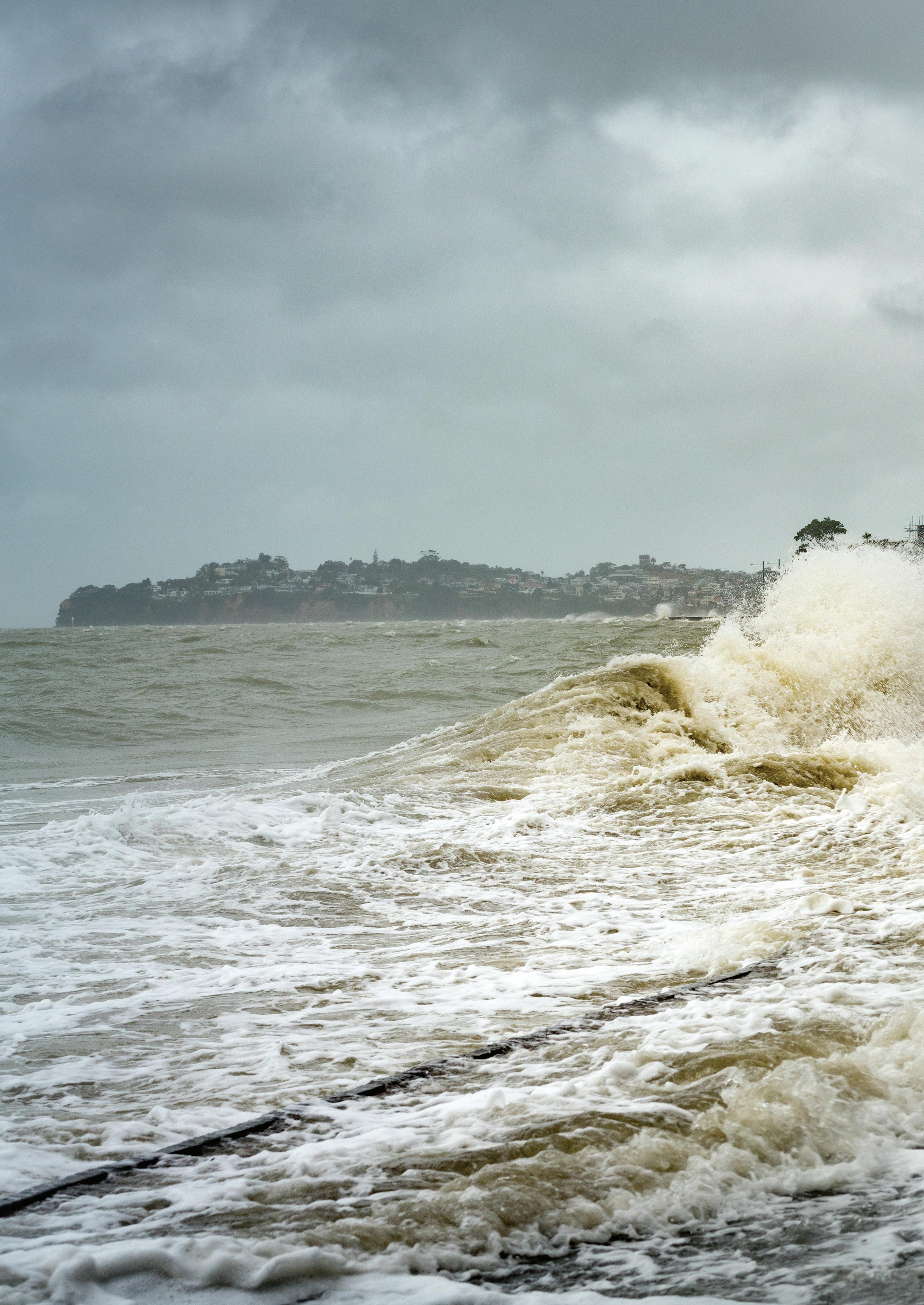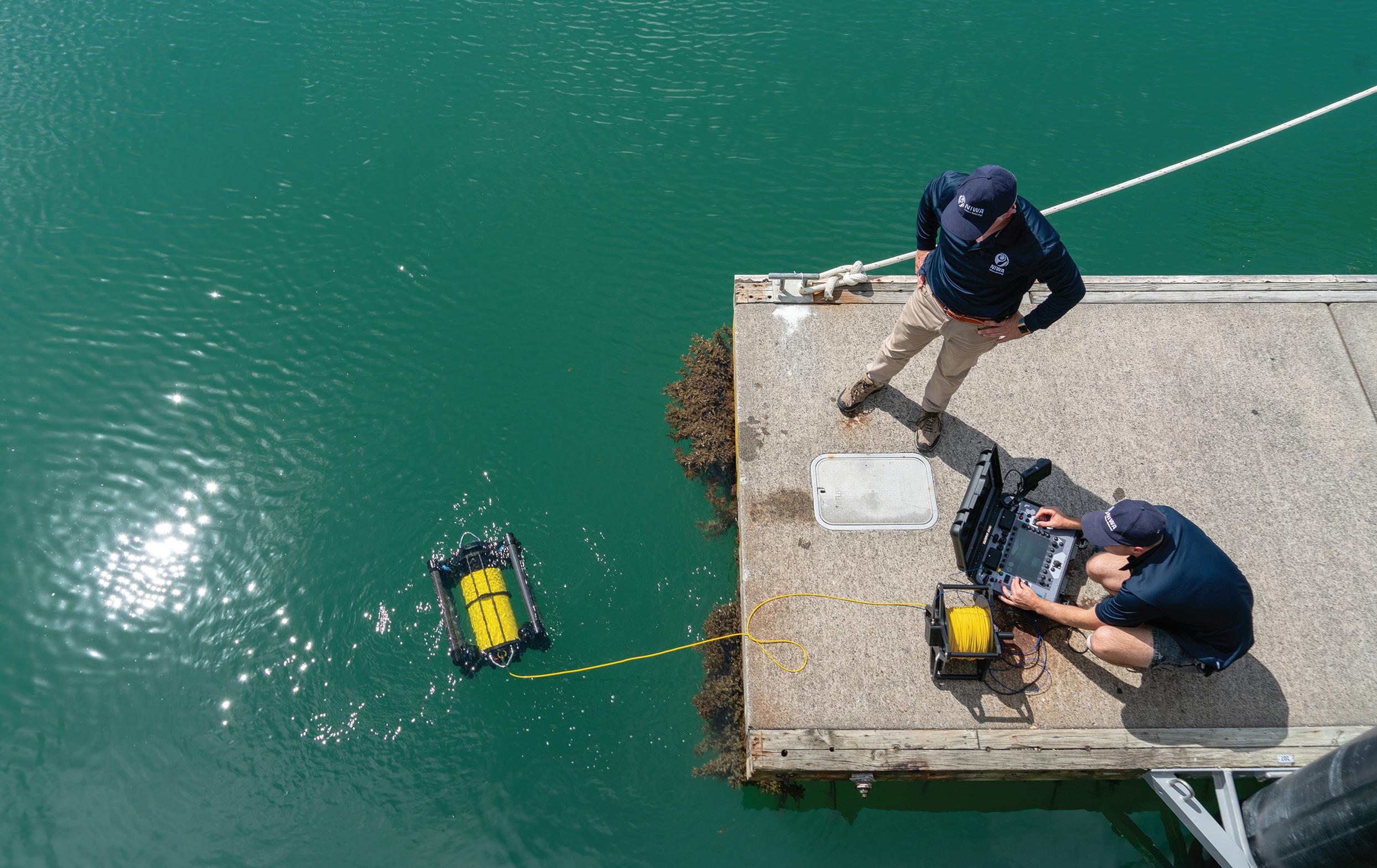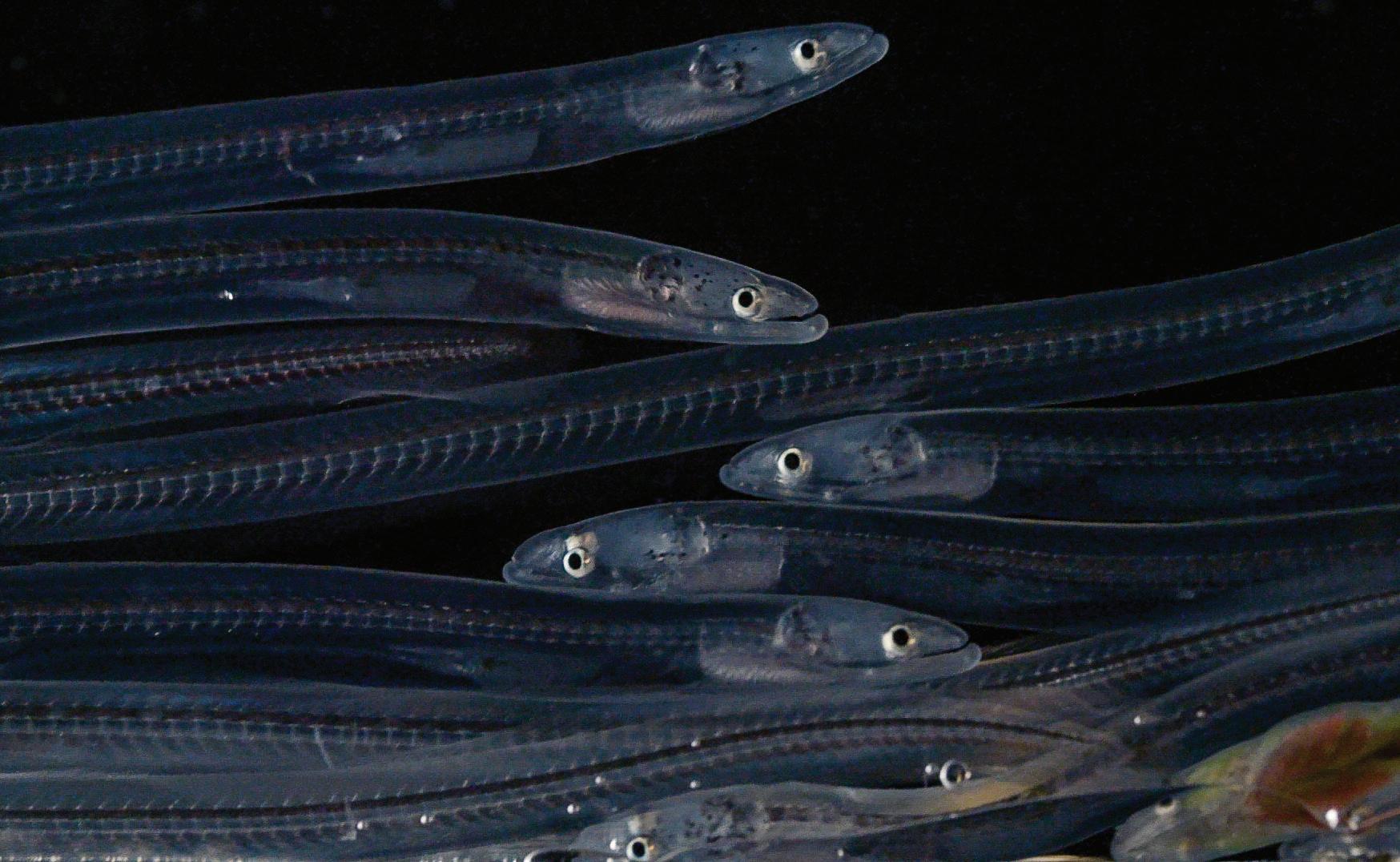
5 minute read
News in brief
Sizing up our climate risks
NIWA is partnering with the international infrastructure consultancy AECOM, and others, to help the Government understand the full impacts of climate change for New Zealand. The partnership will deliver the country’s first National Climate Change Risk Assessment later this year. NIWA’s researchers are engaged across the project which will provide a baseline overview of how New Zealand’s natural, financial and infrastructure assets may be affected by our future climate. The final report will help the Government to prioritise actions under the upcoming National Climate Adaptation Plan.
Advertisement
Tsunami buoys on watch
Rob Robbins
NIWA’s research vessel Tangaroa has successfully deployed four new tsunami detection buoys off the east coast of the North Island. The buoys are the first instalment of what will be a 15-strong network to provide New Zealand with early warning of potential tsunami generated from the Kermadec and Hikurangi trenches. The DART (Deep-ocean Assessment and Reporting of Tsunami) network will stretch along the east coast of the North Island up through the Kermadec Trench and across towards New Caledonia. The network is part of a government emergency response programme overseen by the new National Emergency Management Agency (NEMA). NIWA is working with NEMA and GNS Science to deploy and commission the ocean-based network.
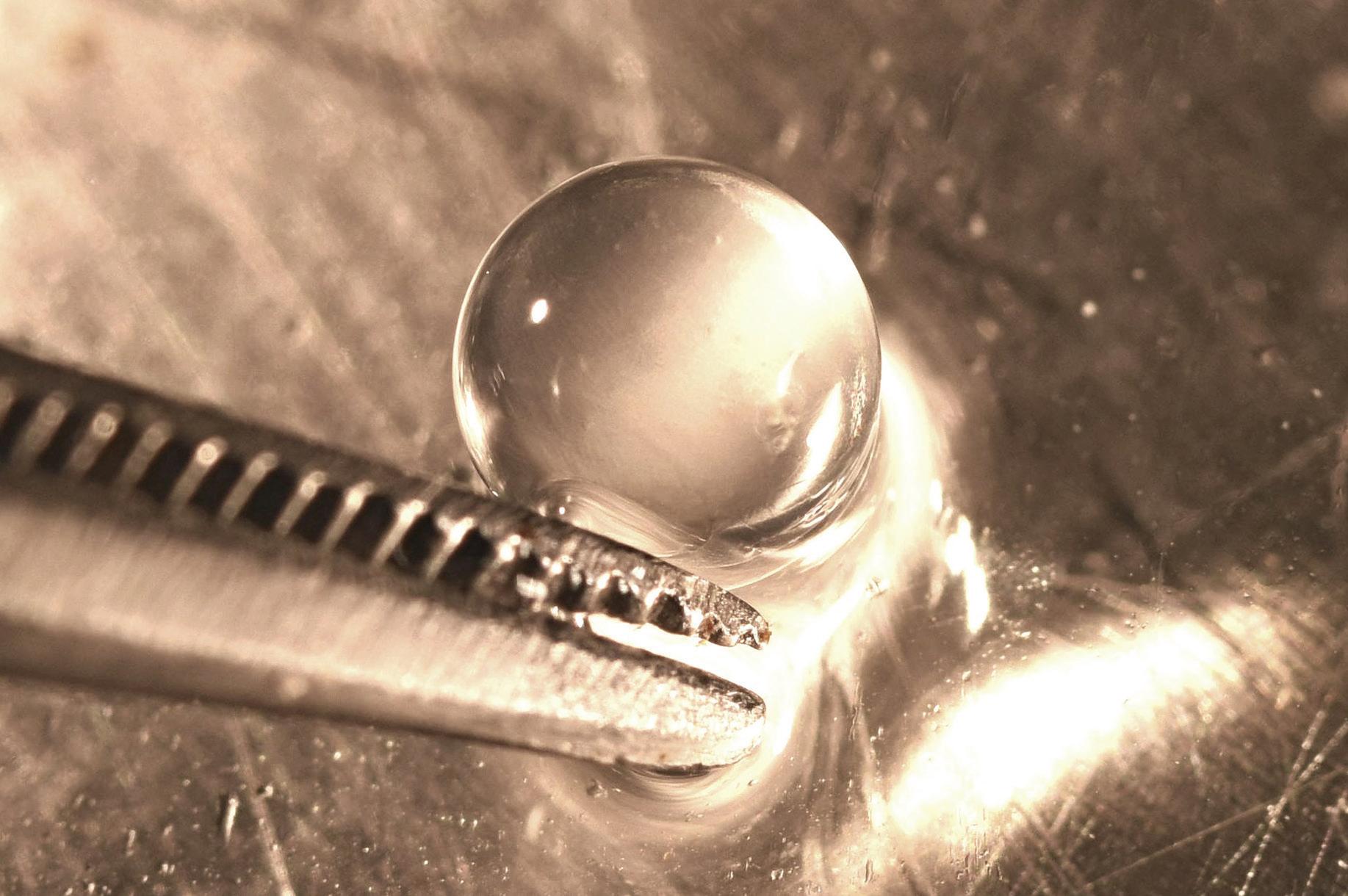
www.niwa.co.nz Dave Allen

Caught on camera
Scientists have achieved a world-first by collecting and photographing the embryos of Antarctic toothfish. Adult toothfish grow up to 2m long and the embryo breakthrough came aboard the Talley’s owned vessel Janas, carrying researchers on a six-week voyage to study toothfish ecology in the Ross Sea. Initial results suggest spawning likely occurs in August. Eggs appear to catch currents heading eastwards towards the sea ice which may act as a nursery. These observations shed fresh light on the life cycle of the fish and will help inform management of the Ross Sea fishery. The survey was co-designed by NIWA and the Ministry for Primary Industries through the Antarctic Working Group.
Forests prove their worth
The latest results from additional greenhouse gas monitoring sites have confirmed the importance of Fiordland’s native forests as crucial carbon sinks. Planted forests in the central North Island appear to be equally vital, also absorbing more carbon from the atmosphere than previously allowed for by ground-up calculations. The work is part of the NIWA-led CarbonWatchNZ project which is using atmospheric carbon measurements to build the world’s first nationalscale picture of a country’s carbon balance. The results come from the addition of new carbon monitoring sites and the use of higher resolution weather models with more accurate insights into wind movements.
Fish snack on microplastics

Microplastics are being fed to snapper to find out how the world’s most pervasive pollutant affects fish. The microplastics are given to the fish in controlled amounts at NIWA’s Northland Marine Research Centre over a 10- week period. The fish are then dissected to determine whether the plastics have impacted on their physiology or their reproductive development. Auckland University masters student Veronica Rotman, working under the supervision of NIWA fisheries scientist Dr Darren Parsons, is also looking to see whether the plastics have moved into the fishes’ flesh. A second phase of the experiment will focus on the impacts of microplastics on hoki.
6 Water & Atmosphere February 2020 Dave Allen

Malcolm Francis NIWA

Slip, sliding away
New information about landslides on the seafloor off New Zealand’s east coast will help scientists better understand the threat they pose. NIWA marine geophysicist Dr Sally Watson has compiled a new database that brings together information gathered from many scientific voyages. The database maps where underwater landslides occur, how big they are and where they are most common. It covers Bluff to the East Cape and indicates that landslides cluster in submarine canyons. Underwater landslides have the potential to cause tsunami, but can also damage marine infrastructure and seafloor habitats.
James Williams
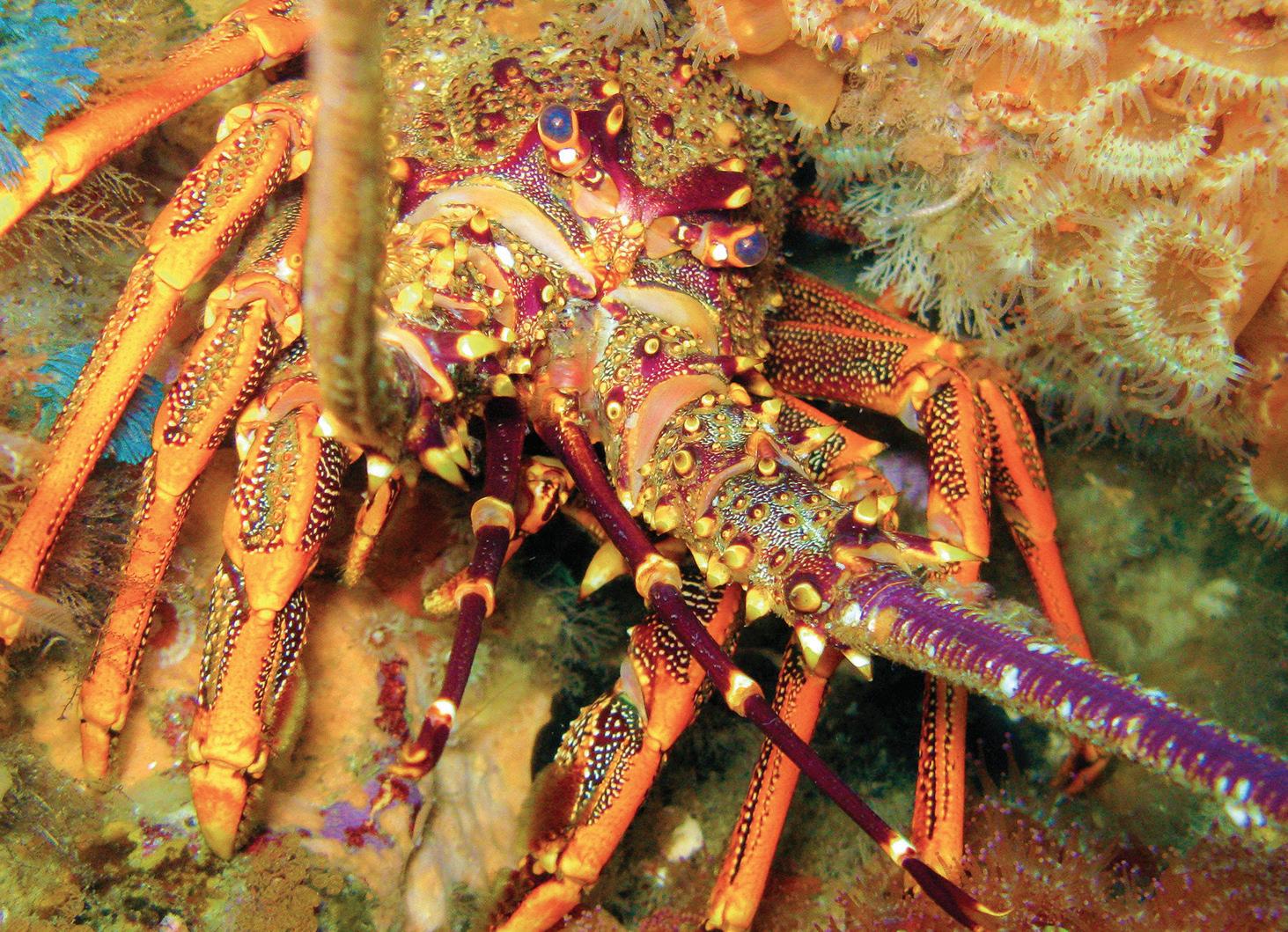

Seen any crays?
NIWA is calling on recreational fishers in the Hauraki Gulf and Bay of Plenty to help assess how local crayfish are faring. Researchers are stationed at boat ramps in the region through summer asking divers, snorkellers and crayfish pot owners to participate in a survey about their success. Commercial catch limits for crayfish, officially known as rock lobster, have been lowered to attempt to rebuild populations after low stocks were identified. The voluntary survey will run over the next five summers and will help to determine whether the population is recovering and to monitor changes in fishing trends.
Sam Bentley

Mucking in for mangrove research
NIWA researchers are joining their overseas colleagues and heading once more, deep into New Caledonia’s muddy mangrove forests. It is part of an on-going project supported by National Geographic and the French Pacific Fund studying the impact of sea-level rise on these important ecosystems. Mangroves cover about 75% of tropical coastlines worldwide, and many developing coastal populations depend on them for food, material and protection. The research aims to understand their resilience to climate change and how sediment-poor Pacific atolls fare in the face of rising sea levels. A range of studies is underway on the UNESCO World Heritage site of Ouvéa Atoll, measuring sea-level and sediment changes along with plant growth and historic forest changes.
www.niwa.co.nz Lamprey spend much of their life at sea, feeding by burrowing into the flesh of other fish, before they return to freshwater to spawn. (Catriona Paterson)
Spreading the love
Lamprey “love lofts” are enabling freshwater scientists to learn more about the spawning behaviour of these elusive eel-like creatures. Lampreys are a taonga species for Māori and were once prolific nationwide. However, numbers are dropping, and they are now formally classified as threatened. The fish typically spawn under rocks and in cavities in streambanks, but specially built structures with underwater cameras have been placed in Southland’s Waikawa River to allow researchers to observe their breeding behaviour. It is hoped the artificial love nests may boost spawning habitat in modified waterways. The work is part of a five-year project with local iwi studying lamprey behaviour.

